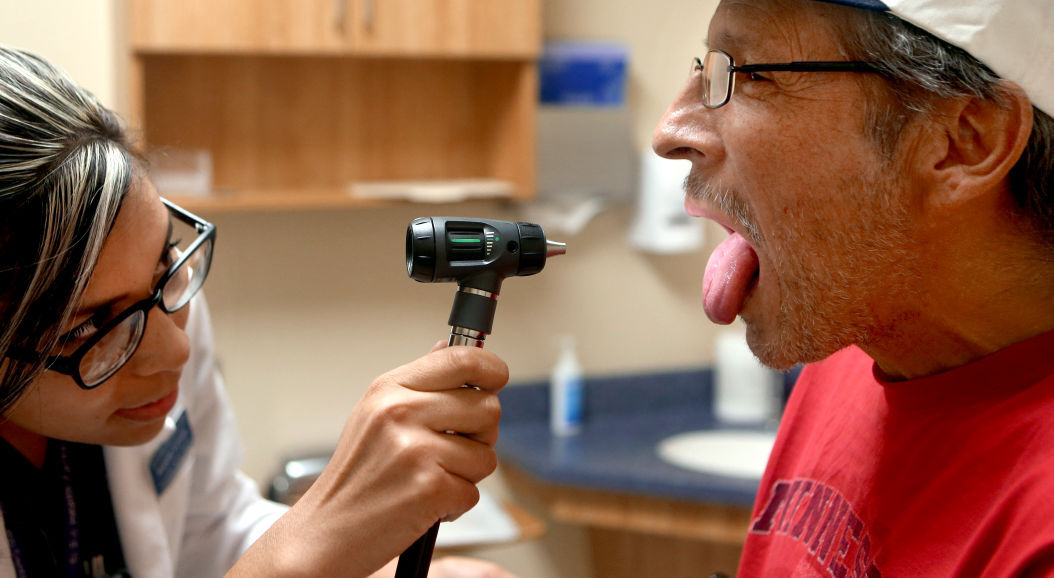PHOENIX — Arizona is expected to add jobs at a lower rate between now and 2024 than it has since the end of the recession.
Total employment should grow by about 580,000 over an 11-year study period starting with 2014, said Doug Walls, research administrator for the state Office of Economic Opportunity.
He said that translates to about a 1.9 percent annual growth.
By contrast, the state has seen a 2.3 percent growth rate annually since the recession ended.
Still, Walls said Arizona’s projected 1.9 percent growth is expected to outpace the average for the rest of the country, where jobs are projected to grow at about 0.6 percent a year for the next 10 years.
“It might not be where the economy was in the past,” Walls told the state’s Finance Advisory Committee, a group of economists that predict revenue growth, on Wednesday. “But relative to other economies around the nation, Arizona is coming in quite strong.”
Walls acknowledged, though, there may be less to that growth rate than it seems. Put simply, Arizona was hit particularly hard, losing more than 300,000 jobs during the recession, a drop of about 8.5 percent — one of the steepest in the nation.
“Our companies are still recovering from the recession we just went through,” he said.
One of the brighter spots, he said, is the state’s financial sector, which includes banks, mortgage companies, insurers and real estate rentals. It is expected to grow by more than 25 percent over the decade.
Still, that pales in comparison with construction, where jobs are expected to grow at a rate of close to 4.1 percent a year.
But here, too, numbers must be put into perspective.
Prior to the recession, there were more than 244,000 people employed in construction in Arizona, or close to one out of every 11 jobs. That dropped by more than half, to fewer than 110,000.
So even after a 45 percent growth rate over a decade, that still will leave total construction employment in 2024 at nearly 30,000 jobs short of their peak level.
Much of that is dependent on population growth, Walls noted.
Economist Elliott Pollack said there’s another connection between construction jobs and population: The state’s health-care sector also continues to grow. It was the only segment of the economy that did not lose jobs during the recession.
Walls said he expects the health-care sector to balloon as the state’s population ages and older people need more services. He predicted he number of Arizonans 65 and older will more than double by 2050, outpacing other categories.
Pollack, also a member of the Finance Advisory Committee, had his own take on employment growth and where it is occurring.
He said the state’s leisure and hospitality industry — hotels, restaurants and bars — has had the most rapid recovery from the recession of all industries.
Conversely, Pollack said, manufacturing has regained only about a quarter of the jobs lost.
Jobs in the leisure and hospitality industry pay an average of $23,309 a year. Many pay less, with other figures from the Office of Economic Opportunity showing the average salary for food preparation and storage jobs, including fast-food jobs, at less than $19,000 a year. Close to 9.5 percent of all jobs in the state are in that subsector.
Pollack said there’s little sign that manufacturing will recover, not just in Arizona but nationally. That means the state has been trading high-wage jobs for those that pay less.





